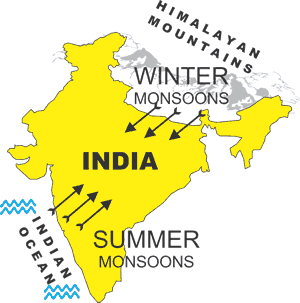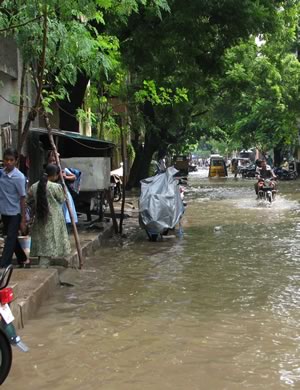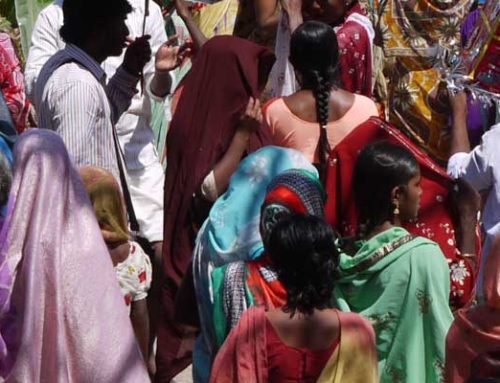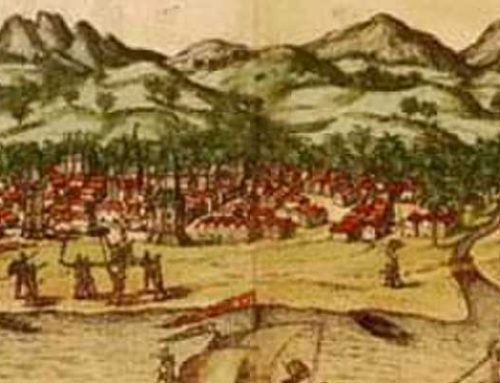India’s climate is dominated by strong, often violent winds that change direction with the season. These winds, known as monsoons, blow from cold to warm regions because cold air takes up more space than warm air. So, monsoons blow from the land toward the sea in winter and from the sea toward the land in the summer.
India’s winters are warm and dry. The monsoon winds blow from the northeast and carry little moisture. India’s winters are warm because the Himalayan mountains form a barrier that prevents cold air from passing onto the subcontinent. Additionally, most of India lies between the Tropic of Cancer and the equator, so the sun’s rays shine directly on the land.
Spring on the subcontinent is extremely hot, with daytime temperatures rising above 100oF in April, May, and June.
In the middle of June, summer monsoons roar onto the subcontinent from the southwest. The winds carry moisture from the Indian Ocean and bring heavy rains until the end of September. The torrential rainstorms often cause violent landslides. Monsoon rains have often swept away entire villages.

India_Monsoon
Monsoon winds blow from cold to warm regions because cold air takes up more space than warm air. So, monsoons blow from the land toward the sea in winter and from the sea toward land in the summer.
Despite the potential for destruction, many Indian people welcome the summer monsoons. Farmers rely on the rains to irrigate their land. In addition, the monsoons provide waterpower that generates electricity.
Pakistan is northwest of India and has a drier climate. The summer monsoon winds in India bring moisture from the Indian Ocean, but Pakistan is north of the ocean, so it receives much less rain. The Thar Desert lies on the border between India and Pakistan. It covers more than 77,000 square miles, an area about the size of Nebraska.
Resources:
Mr. Donn has an excellent website that includes a section on India.

India_monsoon_flood
Flooding is common during monsoon season in India.



